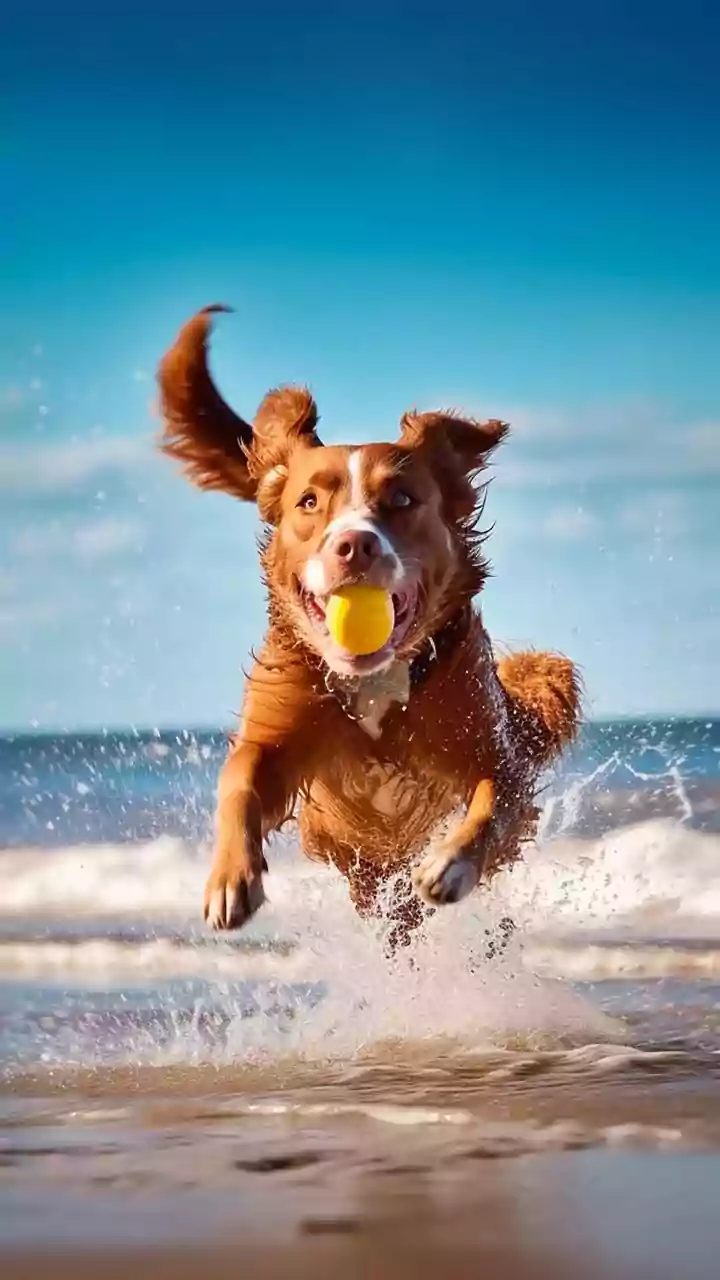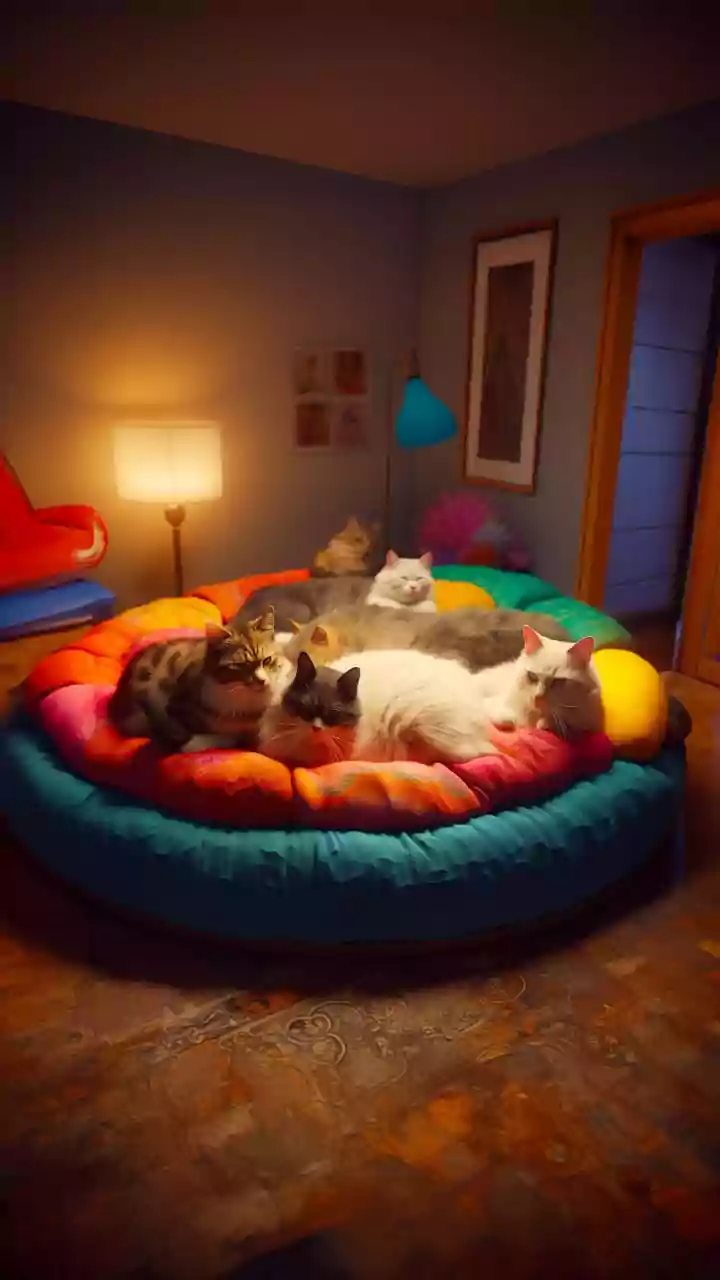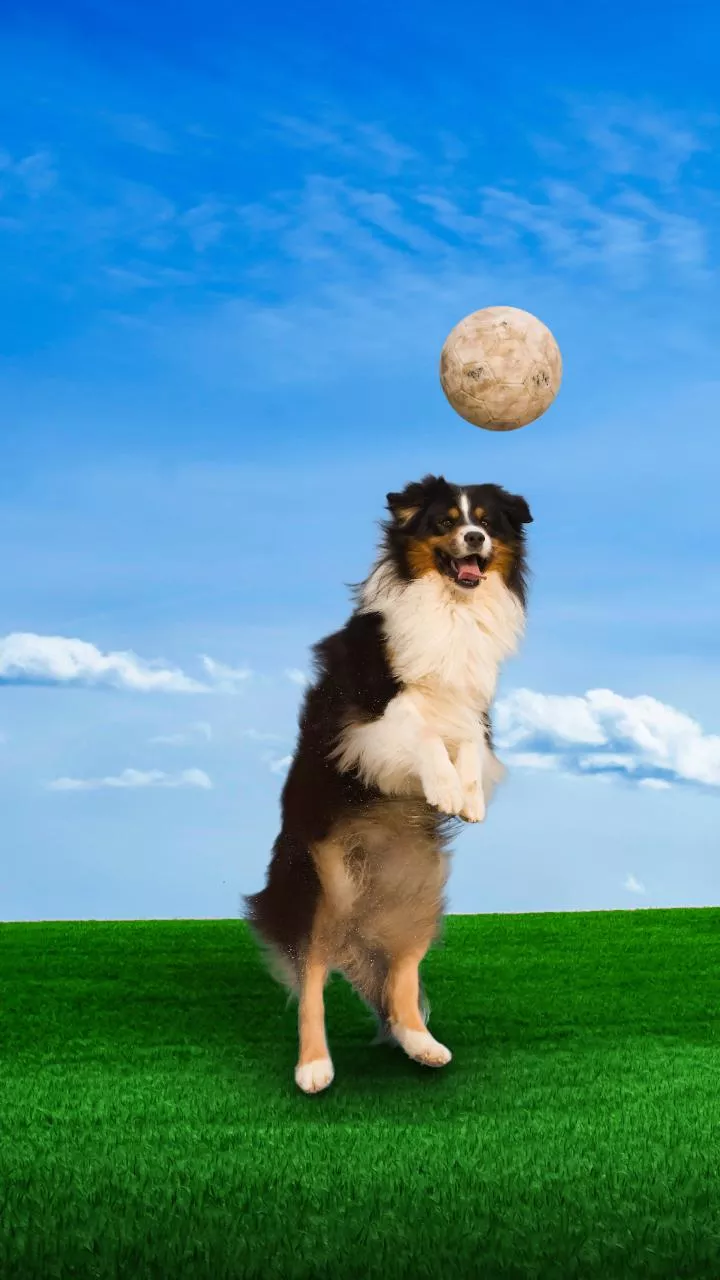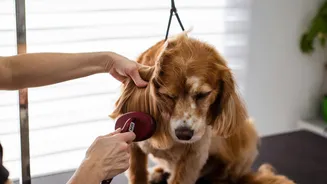Excessive Panting or Pacing
One of the earliest signs of anxiety in dogs is excessive panting or pacing, even when it isn't hot or they haven't been exercising. Unexplained panting might
be an indication of stress, while pacing, whether in circles or back and forth, suggests a dog is feeling restless and possibly worried. If your dog starts doing either of these things and there's no obvious cause, such as heat or exertion, it's essential to assess the situation. Observe what might be triggering this behavior. Are there loud noises, unfamiliar people, or changes in the environment? Paying attention to the context in which the panting or pacing occurs can offer important clues about the source of your dog's anxiety and guide you towards appropriate interventions.
Changes in Appetite
A change in eating habits is another subtle indication of canine anxiety. If your usually enthusiastic eater suddenly loses their appetite, or on the other hand, begins to eat more than usual, something could be amiss. Anxiety often disrupts a dog's regular bodily functions, including digestion. A loss of appetite could be a sign of nausea or general stress. Conversely, some dogs might eat more as a way to self-soothe, seeking comfort in food. Any significant shift in your dog's eating behavior, whether an increase or a decrease, needs attention. Monitor their food intake over a few days, and if the changes persist, discuss it with your veterinarian, who can rule out any underlying medical conditions and provide guidance on how to manage the anxiety.
Excessive Shedding
Noticeable increases in shedding, outside of the typical seasonal variations, can also signal that a dog is feeling anxious. Stress hormones can have a physical impact on a dog's coat, leading to increased hair loss. This may not be immediately obvious, but it can become apparent when you notice more hair than usual on furniture, clothing, or the floor. While some shedding is normal, an unusual amount, especially when combined with other potential anxiety indicators, should raise concern. Try to determine if there's a connection between stressful events and the shedding. This can help you figure out what might be causing your dog's anxiety. If you are uncertain, consult with a veterinarian to rule out skin conditions and get advice on how to manage your dog's stress levels.
Withdrawal or Hiding
If your usually outgoing dog starts to withdraw or hide, it could be a sign of anxiety. A once-playful companion might suddenly isolate themselves, seeking quiet places away from the family or activity. This withdrawal can manifest as hiding under furniture, avoiding eye contact, or staying in a corner. These behaviors are ways a dog tries to cope with feelings of fear or insecurity. The dog may be trying to reduce the amount of stimuli around them. Pay attention to the situations in which your dog retreats. Are there specific triggers, like thunderstorms or unfamiliar guests? Creating a safe space where they can retreat when feeling overwhelmed can make a significant difference. Consulting with a professional trainer or vet can assist in teaching you how to deal with this behavior.
Destructive Behavior
Anxious dogs sometimes resort to destructive behaviors as a way to cope with their stress. This can include chewing on furniture, digging, or scratching at doors and windows. They may also engage in inappropriate elimination, urinating or defecating inside the house even if they're housetrained. This behavior is not a result of spite or disobedience, but a manifestation of their unease. Such activities can provide a means of releasing pent-up energy and stress. If you see this kind of behavior, evaluate the situation: is your dog bored, lonely, or frightened? Look for patterns: does the destruction happen when they are alone, during specific events, or in particular parts of the house? Addressing the underlying anxiety through training, increased exercise, and possibly, with the guidance of a vet, medication, can help prevent destructive habits and boost your dog's mental well-being.
Excessive Licking
Excessive licking, particularly of their paws or other body parts, is often a sign of anxiety. While occasional licking is normal for dogs for grooming, persistent and compulsive licking may indicate that they are feeling anxious. This behavior releases endorphins, which have a calming effect and can serve as a coping mechanism for stress. The licking may be directed at the paws, legs, or other areas of the body, and it may lead to skin irritation or hair loss over time. If you notice your dog excessively licking, observe when and where this happens. Is there a specific trigger, or does it occur in certain situations? Addressing the source of the anxiety and providing alternative outlets for your dog’s stress, such as puzzle toys or increased exercise, can help reduce the frequency and intensity of the licking.














